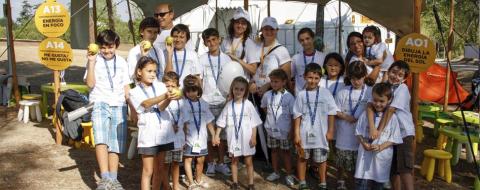Making the most of your project
Before choosing your project, it is important to identify the sustainability topic you want to address on your campus, gather some information about why it matters, and communicate its impact to those around you. Below are topics important to the green schools movement. Click on each topic to discover its importance and view suggested projects to do on campus to address it.
 Kick off the Green Movement
Kick off the Green Movement
A green school is about more than curriculum, more than programming, and more than bricks and mortar. It’s a school that supports global sustainability in every way. A green school begins with the future in mind, designing a learning experience for students that will prepare them to lead the world toward a healthier, cleaner, more sustainable future.
The Whole School Sustainability framework describes what successful green schools have learned to make this sustainability thinking stick. It explains that, in these schools, the educational program, physical place, and organizational culture all support sustainability and that each aspect of the school does its important part in making the whole picture work.
While the Whole School Sustainability framework describes what a green school looks like, the three pillars of a green school explain how to measure progress. The three pillars were first introduced when the U.S. Department of Education launched the ED-Green Ribbon Schools award program in 2011. Since then, over 60 organizations have adopted the basic measurement framework that they present:
- Reduced environmental impact
- Increased health and well-being
- Increased environmental and sustainability literacy for all graduates
These three pillars are the measurable success metrics for green schools, and they make a real impact on both global sustainability and individual student and teacher health.
Kick off and organize a green movement at your school with the help of the Green Classroom Professional Certificate. This certificate program provides pre K-12 educators and school staff with the knowledge to identify what supports or impedes healthy, resource-efficient and environmentally sustainable learning spaces.
 Air quality
Air quality
Why choose to focus on air quality?
Students in America miss almost 14 million school days per year because of asthma. Additionally, teachers report the highest percentage of work-related asthma cases in the U.S. compared to other non-industrial occupations. The U.S. Environmental Protection Agency (EPA) estimates that more than 60,000 schools, or 46 percent of U.S. public schools, have environmental conditions that contribute to poor indoor environmental quality. These include allergens from cockroaches, rodents, dust mites, and fungi, as well as respiratory irritants from formaldehyde, volatile organic compounds, and nitrogen dioxide sources.
By improving indoor air quality, green schools can improve the health of students, faculty, and staff, potentially decrease sick days. Beyond the positive impacts of keeping students and teachers in school, indoor air quality also directly affects student achievement. In one study, students in schools that were unable to meet a minimum ventilation rate had a greater likelihood of performing poorly on math exams. Researchers also found that task speed increased significantly in students ages 10–12 when outdoor air supply rates (more fresh air) were increased.
Looking for lesson that teach about air quality? Check out the U.S. Green Building Council’s Learning Lab lessons about air. Learning Lab is the U.S. Green Building Council’s online education platform for K-12 leaders to find lessons, activities, and resources that encourage student leadership, sustainability leadership, and real-world action.
Also check out Arc Skoru, a free, online platform that tracks building performance data on energy, water, waste, transportation, and air quality, and communicates the school building’s sustainability performance in one easy-to-read score and graphic. Use Arc to benchmark your school’s performance and identify ways to improve air quality!
 Energy
Energy
Why choose to focus on energy
The Department of Energy’s EnergySmart Schools report shares that K–12 schools spend more than $8 billion annually on energy, making energy the second highest operating expenditure for schools after personnel costs. And according to the Environmental Protection Agency (EPA), around a quarter of energy used in U.S. schools is wasted.
If all schools were renovated or constructed using basic energy efficiency principles, the total energy savings alone would easily reach $20 billion over the next 10 years. But it’s important for schools to focus on energy usage for more than just cost savings reasons. By focusing on energy use in schools, these budget savings can be reinvested into more efficient buildings, more inspiring learning environments for students, invested in new technology, and allow for more resources for teachers or other priorities for the school.
How well is your school doing saving energy? Let’s find out!
Looking for lesson that teach about energy? Check out the U.S. Green Building Council’s Learning Lab lessons about energy. Learning Lab is the U.S. Green Building Council’s online education platform for K-12 leaders to find lessons, activities, and resources that encourage student leadership, sustainability leadership, and real-world action.
Also check out Arc Skoru, a free, online platform that tracks building performance data on energy, water, waste, transportation and air quality, and communicates the school building’s sustainability performance in one easy-to-read score and graphic. Use Arc to benchmark your school’s performance and identify ways to improve energy efficiency!
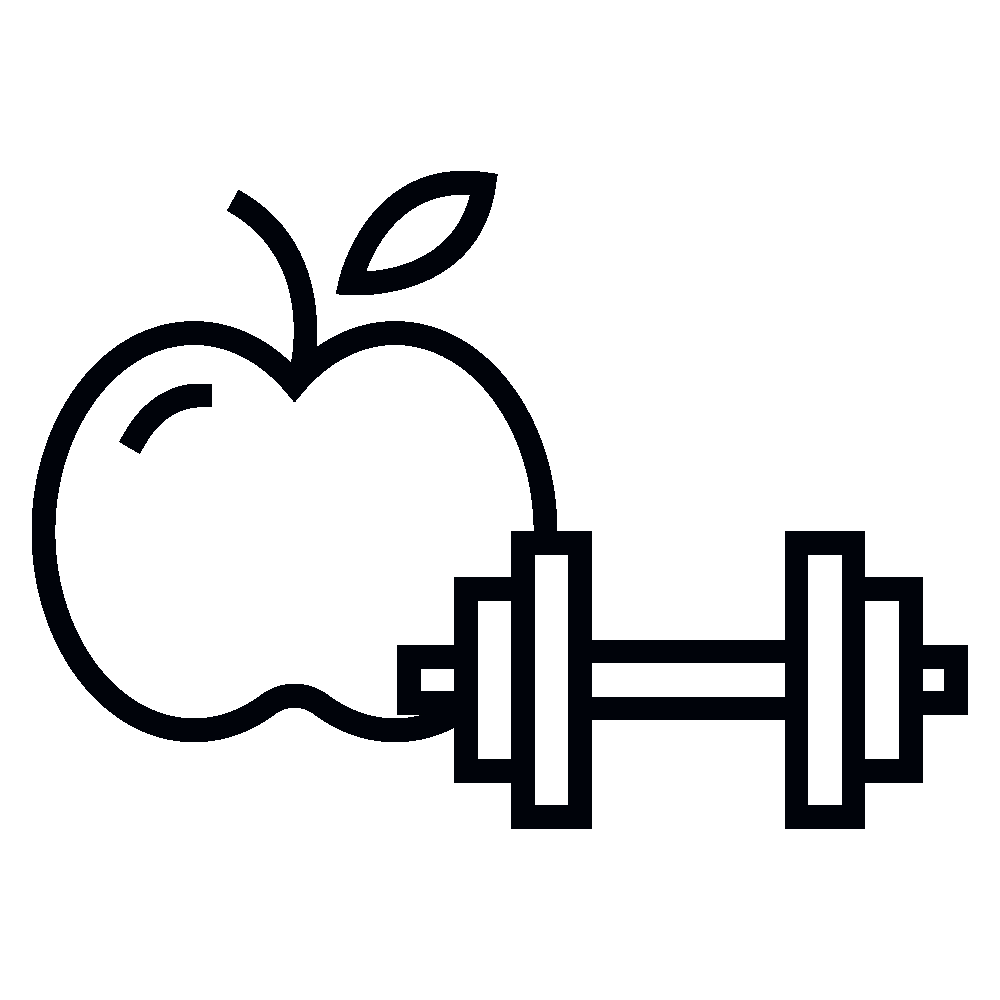 Fitness and nutrition
Fitness and nutrition
Why choose to focus on fitness and nutrition?
In 1969, 50% of America’s school students walked to school. Today, fewer than 5% do. One of many consequences over the last several decades is that 15% of our children are now considered obese.
Green schools protect student and teacher health by ensuring a clean and healthy indoor environment in the school and providing programs and services for good nutrition and physical activity. We know that increasing the number of servings of whole grains, fruit, and vegetables that students eat positively impacts their health, well-being, and ability to learn. We know that increasing the amount of physically active time that each student experiences during the school day can cut obesity rates and encourage positive lifelong habits.
Encourage healthy eating and physical activity on the way to school, in the classroom, at recess, and in structured physical education courses. Eat healthy and get up and move!
Looking for lesson that teach about fitness and nutrition? Check out the U.S. Green Building Council’s Learning Lab lessons about fitness and nutrition. Learning Lab is the U.S. Green Building Council’s online education platform for K-12 leaders to find lessons, activities, and resources that encourage student leadership, sustainability leadership, and real-world action.
 Waste
Waste
Why choose to focus on waste?
Schools consume and discard a lot of materials each day, from the cafeteria to the classroom, and most of it end up in the landfill. But what if some of the items we send to the landfill could go somewhere else? Almost half of school waste is organics like food and yard trimmings and around 30 percent is paper—we can do better!
Prioritizing zero waste goals, a circular economy, and green purchasing policies help reduce environmental impacts, fight climate change, protect natural habitats, and can save a school system money. By evaluating your waste stream and getting started on waste reduction you can make an impact on your campus.
How well is your school doing reducing your waste? Let’s find out!
Looking for lesson that teach about waste? Check out the U.S. Green Building Council’s Learning Lab lessons about waste. Learning Lab is the U.S. Green Building Council’s online education platform for K-12 leaders to find lessons, activities, and resources that encourage student leadership, sustainability leadership, and real-world action.
Also check out Arc Skoru, a free, online platform that tracks building performance data on energy, water, waste, transportation and air quality, and communicates the school building’s sustainability performance in one easy-to-read score and graphic. Use Arc to benchmark your school’s performance and identify ways to reduce waste!
 Water
Water
Why choose to focus on water?
Water covers three-quarters of the earth’s surface and while it appears like there is an unlimited supply of water to go around, you may be surprised to know that 97% of water on earth is saltwater and 2% of water is freshwater stored in ice caps and glaciers. That leaves less than 1% of water for human use! This 1% can be found in aquifers, surface water, or groundwater. That is not a lot of water left for the ways we use water everyday: drinking and household needs, recreation, industry and commerce, agriculture, and thermoelectricity/energy.
It is important to protect our water because water is a finite resource. While it rains and seems like we have a constant supply of new water, we always have the same amount of water on earth. By cutting water usage in buildings (on average the average person in the US uses 82 gallons per day), we can reduce aquifer depletion, protect freshwater habitats, and reduce the energy used to treat and transport water.
Each year more than 1 trillion gallons of water pass through our sink faucets in the United States. How and where is water being used around your school? Let’s find out!
Looking for lesson that teach about water? Check out the U.S. Green Building Council’s Learning Lab lessons about water. Learning Lab is the U.S. Green Building Council’s online education platform for K-12 leaders to find lessons, activities, and resources that encourage student leadership, sustainability leadership, and real-world action.
Also check out Arc Skoru, a free, online platform that tracks building performance data on energy, water, waste, transportation and air quality, and communicates the school building’s sustainability performance in one easy-to-read score and graphic. Use Arc to benchmark your school’s performance and identify ways to improve water efficiency!

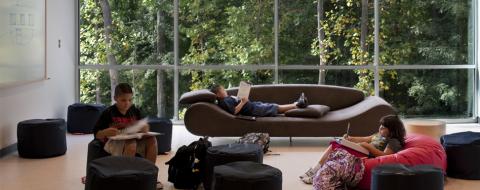
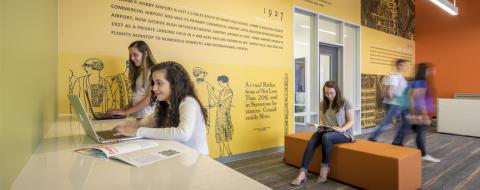

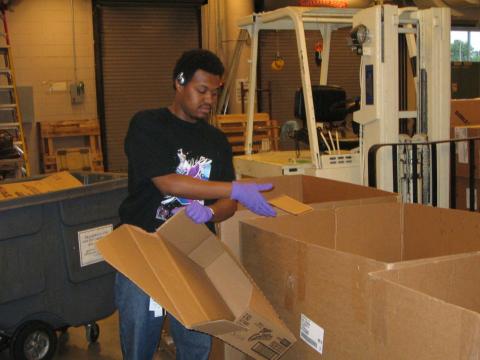

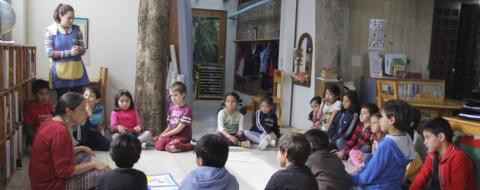
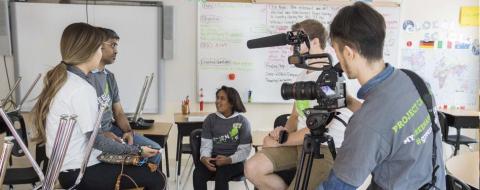



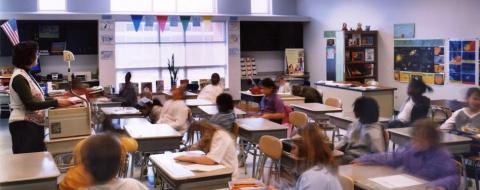
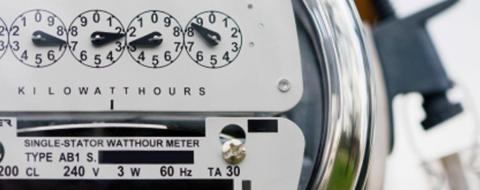


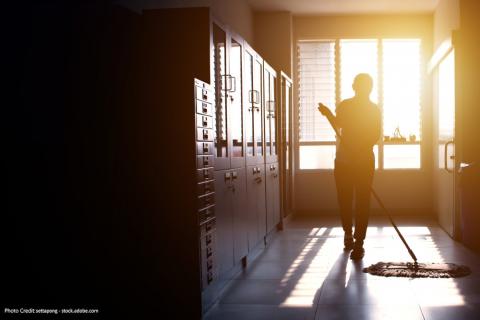
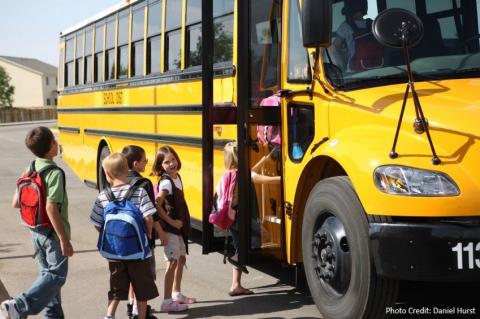
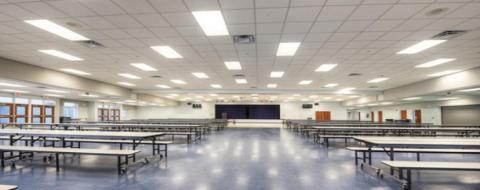


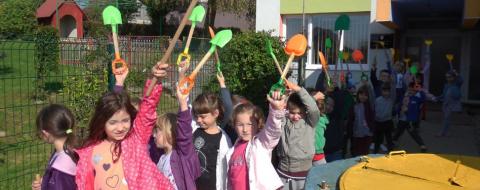
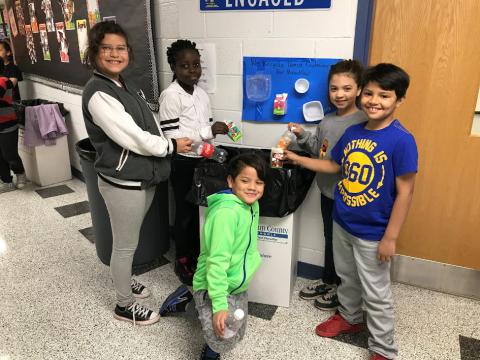
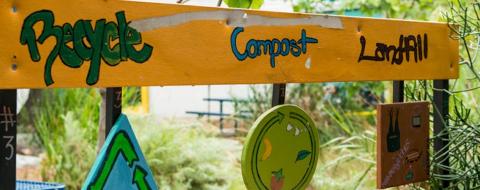
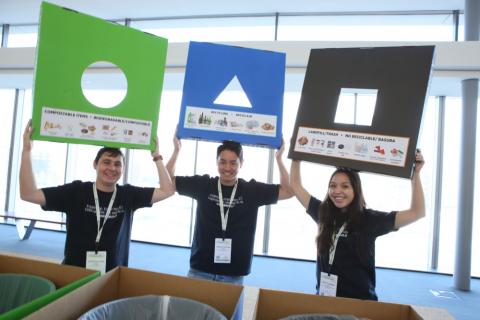

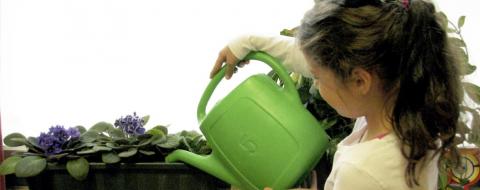
 Celebrate success
Celebrate success